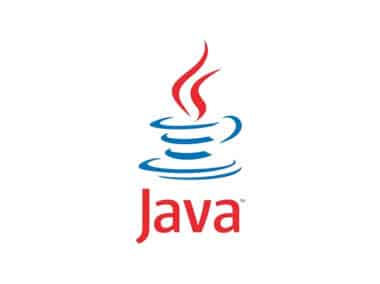Error handling is an essential aspect of programming in GO. GO has a built-in error type that allows developers to handle errors in a structured manner. In this document, we will explore how to understand error handling in GO programming language, how to use built-in error types, and handle errors.
What is Error Handling?
Error handling is the process of detecting, handling, and recovering from errors that occur during program execution. Errors can happen for a variety of reasons, including invalid user input, network issues, and hardware failures. It is crucial to have proper error handling in place, as it can help prevent crashes and improve the overall stability of the system.
Built-in Error Types in GO
GO has a built-in error type called error. The error type is an interface that defines an Error() method. This method returns a string that describes the error. GO also includes a nil error value, which represents no error. By using the error type, developers can create custom error messages that provide more context about the error.
Handling Errors in GO
In GO, errors are handled using the if err != nil statement. If an error occurs, the function returns an error value, and the calling function checks if the error value is nil. If the error value is not nil, the calling function can handle the error. GO provides several built-in functions for handling errors, such as log.Fatal, log.Panic, and panic.
Here is an example of how to handle errors in GO:
func divide(x, y float64) (float64, error) {
if y == 0 {
return 0, fmt.Errorf("cannot divide by zero")
}
return x / y, nil
}
result, err := divide(10.0, 0.0)
if err != nil {
log.Fatal(err)
}
fmt.Println(result)
In the above example, the divide function returns an error if the second parameter is 0. The calling function checks if the error value is nil and handles the error if it is not nil. The log.Fatal function is used to log the error message and exit the program.
Conclusion
Error handling is an important aspect of programming in GO. GO provides a built-in error type that allows developers to handle errors in a structured manner. By understanding how to use built-in error types and handle errors, developers can write more robust programs that are better equipped to handle errors. Proper error handling can help prevent crashes, improve the overall stability of the system, and provide more context about the error to the end-user.


